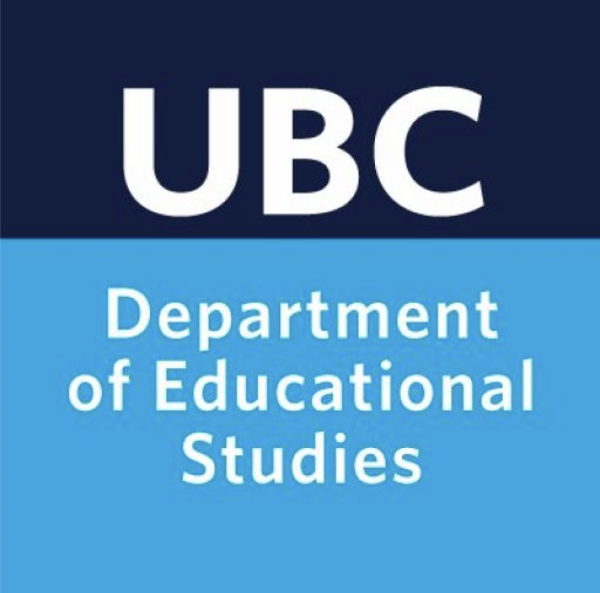Part 10 of the 10-part EDST Dissertation Training Series
By Ella Wright | Blog Editor, EDST | Insights from Dr. Autumn Knowlton
Writing a Dissertation is Hard—Don’t Make it Harder
Dissertation writing is demanding. There are deadlines, shifting ideas, and the emotional weight of producing your Significant Original Contribution to Knowledge (SOCK). One of the biggest pitfalls students face, as Dr. Autumn Knowlton pointed out, is getting stuck in a loop of writing, editing, and second-guessing everything at once.
“Don’t go in circles. Writing and editing are different tasks. Let them be.”
This final post offers tools and tips to separate the process, stay focused, and finish well.
Find Your Writing Flow (Then Edit Later)
Writing and editing use different parts of your brain. Trying to perfect every sentence as you write slows you down and drains energy. Dr. Knowlton encouraged students to write first, edit later.
Try this approach:
- Set a timer for focused writing sessions.
- Write without stopping to fix grammar or formatting.
- Mark unclear parts with highlights or comments to revisit.
- Edit at a different time—ideally, after taking a break.
Tip: Some students write messy first drafts in plain text, then move to structured formatting later.
Use APA7 as a Tool, Not a Burden
APA7 is often seen as a chore, but it can actually support your clarity and structure. Dr. Knowlton explained that APA7 helps you:
- Use headings and subheadings to organize ideas.
- Maintain consistency in language, avoiding bias or unclear labels.
- Format citations, references, tables, and figures cleanly.
- Build a logical hierarchy in your document—seen clearly in your table of contents.
“So much of good writing is about how you communicate your ideas. APA7 helps you make that visible.”
Voice and Style: Be Intentional
Dissertation writing often raises questions about voice. Should you use “I” or “we”? How do you balance formal writing with authentic expression?
Dr. Knowlton encouraged students to be consistent and intentional. If your study includes reflexivity, autoethnography, or more-than-human perspectives, explain your stylistic choices.
Use footnotes if needed to clarify:
- Why you are using certain pronouns.
- When your voice is central, and when it steps back.
- How your style reflects your ontological and epistemological assumptions.
“Your reader (especially the external examiner) needs to understand your choices. Guide them.”
Editing Tips: What to Look For
When editing, focus on:
- Paragraph structure—start with a clear topic sentence, then support it.
- Transitions—help the reader move from section to section.
- Consistency—use the same terms, formatting, and style throughout.
- Clarity—make it easy for the reader to understand your point.
Ask yourself:
- Is this sentence clear?
- Does this section serve the research question?
- Am I offering the reader what they need, when they need it?
Trust the Process
Dissertations take time—and multiple drafts. Use tools like:
- Commenting systems (highlight your questions, notes, and reminders).
- Version control (save drafts with dates or version numbers).
- Peer support—get feedback from friends, peers, or editors.
Dr. Knowlton reminded us that finishing requires stamina, not just brilliance. Celebrate progress, take breaks, and trust yourself.
“You don’t need to be perfect. You need to be clear, consistent, and honest about your process.”
Key Takeaways
- Separate writing from editing—do not do both at once.
- Use APA7 or Chicago/Turabian to support clarity and structure.
- Be intentional about voice and style—guide your reader.
- Edit for clarity, consistency, and flow.
- Trust the process—and give yourself grace.
Explore the Full Dissertation Training Series
- Overview Post – About the Workshops and Series
- Part 1 – Not a Book, Not a Mystery: What Your Dissertation Really Is
- Part 2 – From Jumble Sale to Funnel: Planning Your Dissertation for Clarity and Flow
- Part 3 – Hold the Target, Not the Dart: Crafting and Evolving Your Research Questions
- Part 4 – Conversations, Not Catalogues: Writing a Literature Review with Purpose
- Part 5 – Kitchen Rules: Conceptual and Theoretical Frameworks Explained
- Part 6 – You Are the Method: Positionality, Ethics, and Making Knowledge
- Part 7 – Sock Time: Presenting Your Findings with Clarity and Confidence
- Part 8 – Weaving the Threads: Discussion and Meaning-Making
- Part 9 – What I Did, Why It Matters: Writing Your Scholarly Conclusion
- Part 10 – Don’t Go in Circles: Writing, Editing, and Staying Sane
Resources
Dissertation Preparation and Policies
- UBC Grad Studies – Getting Started:
https://www.grad.ubc.ca/current-students/dissertation-thesis-preparation - Style Guides and Computer Tools:
https://www.grad.ubc.ca/current-students/dissertation-thesis-preparation/style-guides-computer-tools
Writing Support and Self-Guided Modules
- EDST Thesis Writing Module:
https://thesismodules.edst.educ.ubc.ca/ - Developing a Dissertation (EDST Module):
https://thesismodules.edst.educ.ubc.ca/module-library/developing-a-dissertation/ - UBC Library Dissertation Guide:
https://guides.library.ubc.ca/dissertation
Free One-on-One Writing Support
- UBC Writing Consultations for Graduate Students (writing and referencing help):
https://writing.library.ubc.ca/graduates/writing-consultations/
Workshop Recording and Presenter
- Click to view Dr. Autumn Knowlton’s workshop presentation slides.
- Dr. Autumn Knowlton – (Re)Visions Website: https://www.autumnrevisions.com/
Explore More
UBC EDST students can access free tools and support through the Thesis Writing Module and the Developing a Dissertation module. For writing and referencing help, book a free graduate writing consultation.


Leave a Reply